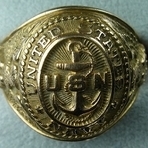Tarsacci Cookbook And Best Practices
-
Similar Content
-
- 20 replies
- 2,983 views
-
- 14 replies
- 4,208 views
-
- 4 replies
- 1,985 views
-
- 2 replies
- 2,234 views
-
- 8 replies
- 1,967 views
-
- 2 replies
- 2,391 views
-
-









Recommended Posts
Create an account or sign in to comment
You need to be a member in order to leave a comment
Create an account
Sign up for a new account in our community. It's easy!
Register a new accountSign in
Already have an account? Sign in here.
Sign In Now